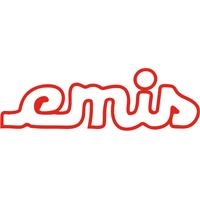
The little Art has one of the most curious histories among the Brazilian fora-de-série, cars made by small companies to fill the gap in market niches after the government prohibited the importation of cars. Orthodontist Alfredo Soares Veiga, inspired by another small car, the Dacon 828, developed the project. Alfredo himself explained how the little car came to life to the site Brasileiros fora-de-série:
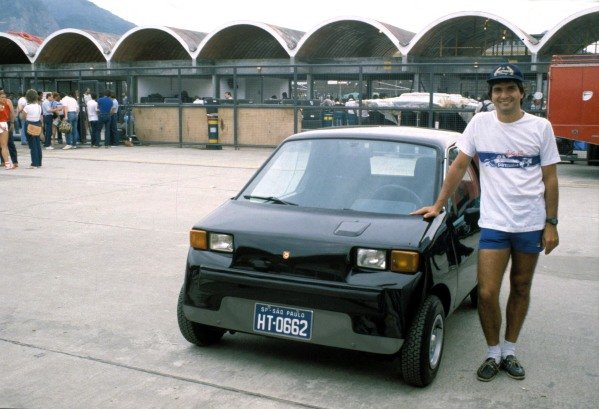
“It was the beginning of the 80’s when I saw Nelson Piquet parking the first Mini Dacon at the Jacarépagua circuit paddocks. I could not resist and got real close, opened the door and sat at the wheel. I got amazed and thought to myself: I will create an automobile! After a gestation of approximately 9 months, the ART was born. Initially I run an independent production run and later associate myself to Emis, a traditional manufacturer of dune buggies and other special vehicles in Rio de Janeiro. The production run ended early in 1987 and is amazing and very gratifying to see the ART still running around in Brazil. I kept the first car produces, chassis 00001, running and being used almost daily ”
Launched in 1984, the first 13 cars were made under the Orto Design Indústria e Comérico de Veículos, a company founded by Alfredo to create pickup trucks and van versions of the classic VW Beetle. Realizing he had not the required manufacturing structure to produce the car, he shared the production rights and moulds to the also carioca EMIS, traditional buggy manufacturer named after its founder, Eduardo Miranda Santos. This way, after 1986 EMIS took over the production, and the same year the car got nationwide fame after appearing in the soapbox opera Cambalacho, from Brazilian TV channel Rede Globo.
Like the Dacon 828, the Art was created to be a urban minicar, and due to this premise, is a short little car with place to only two people (driver + passenger), and no trunk, with the only option to carry some luggage being the space behind the driver’s and passenger’s seats.
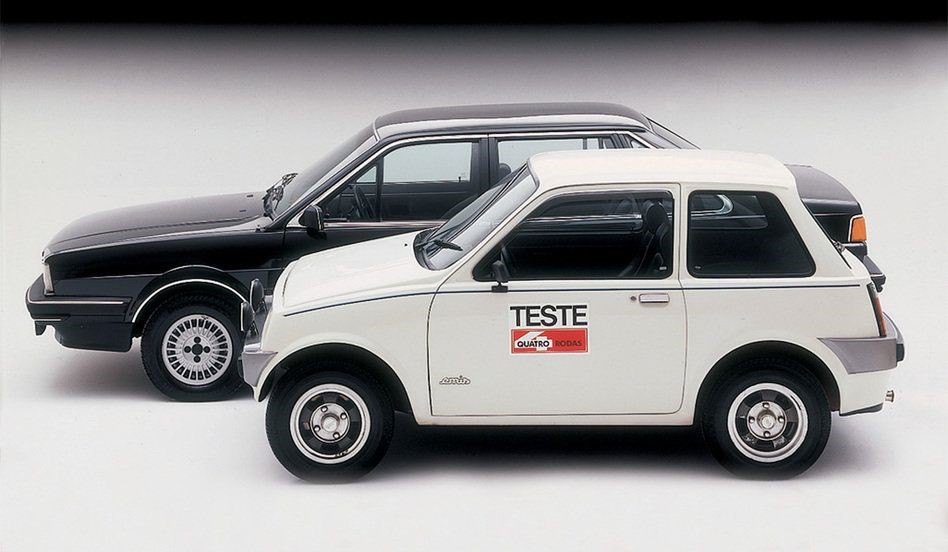
The car has its own chassis, a double Y made with steel tubes, while the bodywork is all glass fiber. The windshield, doors and side glasses came from the Chevrolet Marajó (SW version of the Chevy Chevette), headlights and brake system from the VW Beetle, tail lights from the Fiat Panorama, turnlights from the VW Brasilia and, finally, the dashboard and wheels came from a VW Gol (hatchback version from the VW Fox sold in the US).


The fact it had it’s own chassis made the Art a car without alignment issues, a common trait of various fora-de-série. It provided, as well, good stability as well as a neutral behavior, as testified by Quatro Rodas magazine after testing the car in July 1986:
“It has an absolutely neutral behavior and sticks to the ground. Only in high-speed corners the rear starts to slide. Even though, the limit is high.”
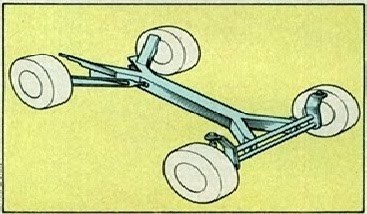
The engine, is the almost omnipresent VW 1.600 air cooled, in this car with two carburetors, coupled to a VW transmission with the same final drive of the SP2 sports car, which provides longer gear ratios, better adapted to the lightweight vehicle, somewhat reducing the otherwise high level of engine noise. This comes mainly from the two carburetors and the exhaust, the same from the Emis buggies. The lightweight made the car very agile, only half a second slower than the Ford Escort XR3 in the 0 to 100 kph, and better, without compromising the fuel consumption.
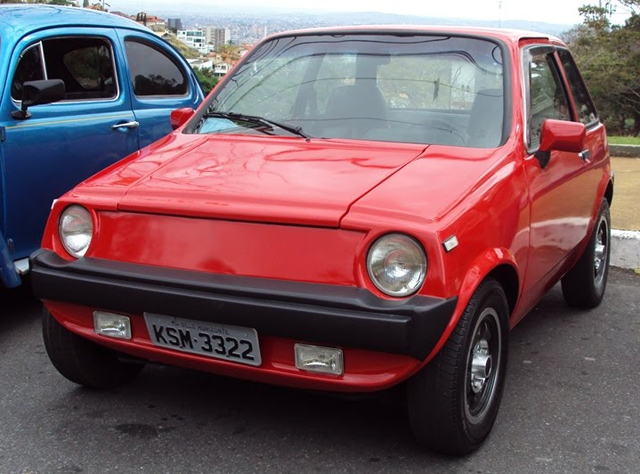
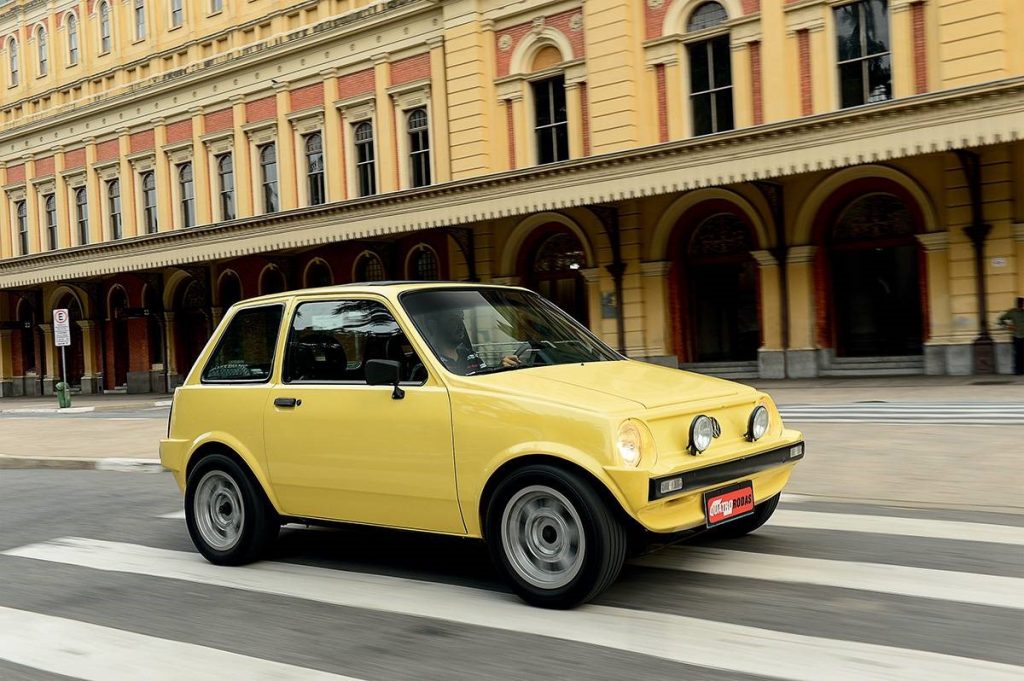
After taking over production of the Art, Emis made a few changes to the car, like moving the turning signals from the side of the fenders to the front bumper and the change of the rear engine cover, initially a large piece that integrated the rear bumper and became a small access panel.

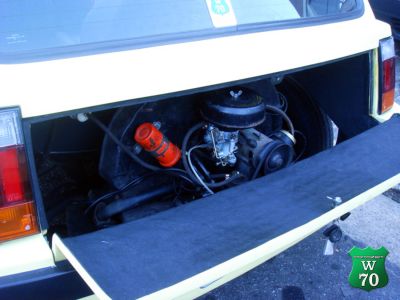
In total, Emis made 130 Arts until 1987, when Emisul Montadora e Comercial de Veículos Ltda. took over the production of the Emis vehicles. In 1991, the Art was relaunched after a redesign, now called the Minor. The main changes were the a new front end, with Chevy Chevette headlights, and a new rear end with tail lights from the Fiat Uno, assembled in upside down position. The inside was updated too, receiving the dashboard from the current year Volkswagen Gol, and losing the two folding rear seats that were added by Emis along the first production run. Production lasted one year, with additional 23 Minors made.

|
|||||||||||||||||||||||||||||||||||||||||||||||||||||||||||||||||||||||||||||||||||||||||||||||||||||
Sources
Quatro Rodas magazine, number 312, july of 1986.
Oficina Mecânica magazine, number 54, february of 1991.
Emis Art. Available in:
https://sites.google.com/site/exoticcarspage/microcarros/emis-art.
Grandes Brasileiros: Emis Art. Available in: https://quatrorodas.abril.com.br/noticias/grandes-brasileiros-emis-art/.
Emis Art. Available in:http://planetabuggy.com.br/classicos/emis/emisart.htm.
Emis Art. Available in:
http://brasilforadeserie.blogspot.com/2011/03/emis-art.html.
Orto Design. Available in:
http://www.lexicarbrasil.com.br/orto-design/.
Emis. Available in:
http://www.lexicarbrasil.com.br/emis/.
Emisul. Available in:
http://www.lexicarbrasil.com.br/emisul/.
Emis Art. Available in:http://planetabuggy.com.br/classicos/emis/emisart.htm.
Emis Art. Available in:
http://brasilforadeserie.blogspot.com/2011/03/emis-art.html.
Orto Design. Available in:
http://www.lexicarbrasil.com.br/orto-design/.
Emis. Available in:
http://www.lexicarbrasil.com.br/emis/.
Emisul. Available in:
http://www.lexicarbrasil.com.br/emisul/.
Images
[1]: Source: https://www.motorsportimages.com/photos/?search=nelson+piquet+dacon+828
[2]: Source: Revista Quatro Rodas, número 312, julho de 1986.
[3]: Source: Grandes Brasileiros: Emis Art. Disponível em: https://quatrorodas.abril.com.br/noticias/grandes-brasileiros-emis-art/.
[4]: Source: Emisul. Disponível em: http://www.lexicarbrasil.com.br/emisul/.


So cute. I has remember the Mr Bean cars’. Is there any exhibition of minicar ?
why would anyone want to buy such a narrow mobile?